Remembering the Reckingen avalanche and ‘cot miracle’
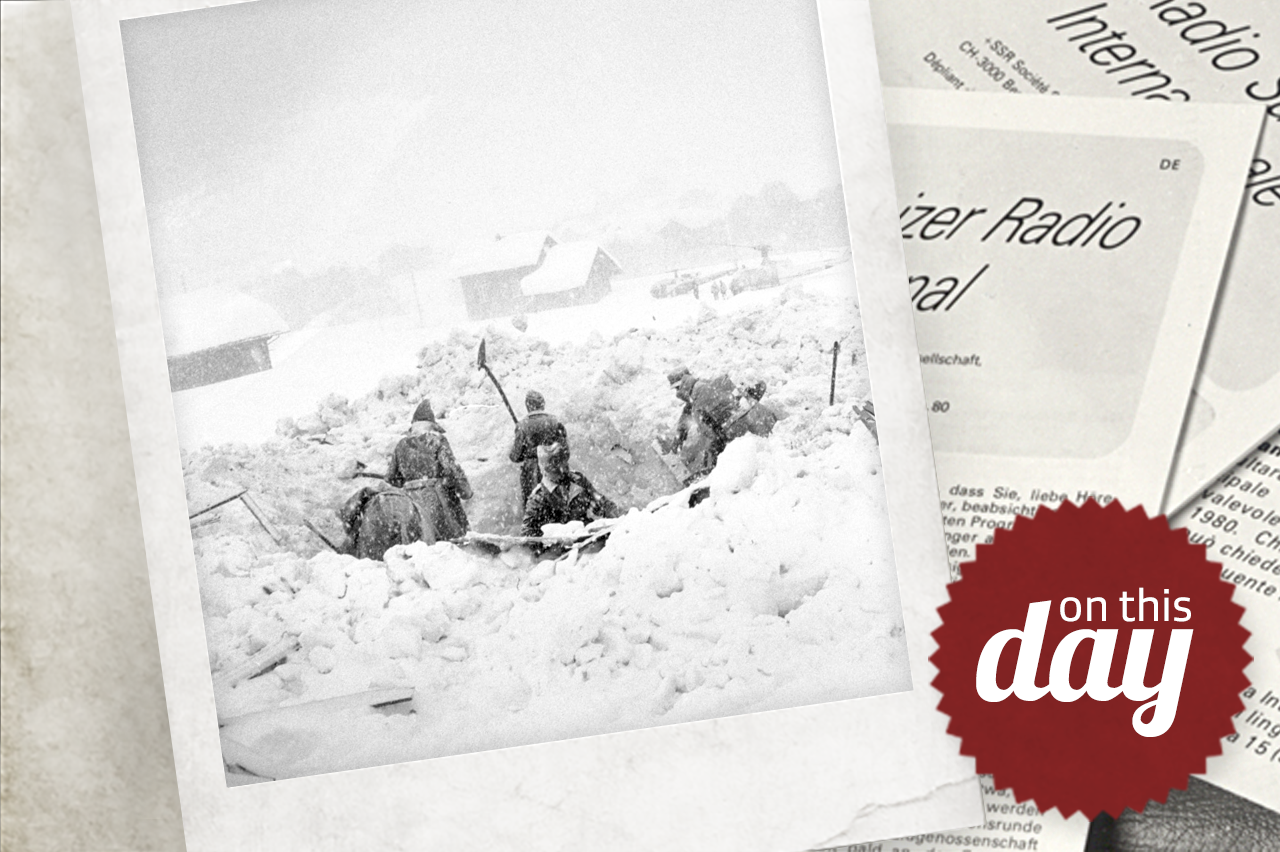
On February 24, 1970, an avalanche swept through the village of Reckingen, killing 30 people. Although it remains the deadliest avalanche in recent Swiss history, it also was the scene of the “miracle of the baby in the cot”.
One-year-old Ursula Carlen “rode the powder avalanche like a surfboard on a wave”, according to initial local reports. Although the mayor scotched those rumours immediately, a miracle of sorts certainly happened exactly 50 years ago.
At 5.05am, some 1.8 million cubic metres of snow broke off from the Bächji Alp in canton Valais and headed down the valley. When the snow hit the Carlens’ house, the roof caved in, landing over the cot and protecting young Ursula. An hour-and-a-half later, her uncle heard her sobbing and dug her out. Her two brothers were less fortunate. They were among six children, five women and 19 army officers staying in the barracks who died.
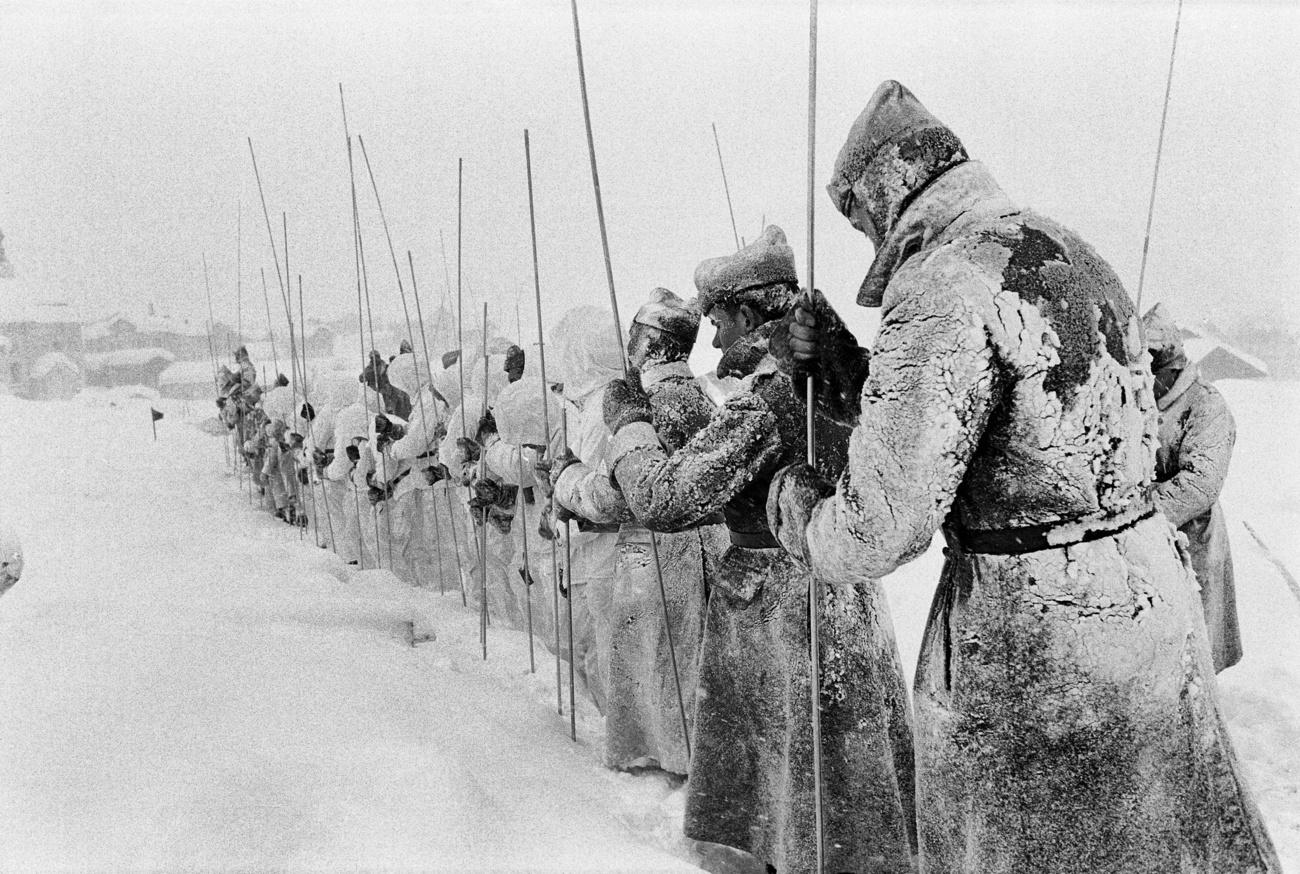
There had recently been heavy snowfalls and a wind had created drifts of up to six metres. The situation was unstable and, as older residents warned, dangerous. In the two days before the disaster the top of the Honiggistein mountain couldn’t be seen from ReckingenExternal link. “When that happens, the village is in danger,” they said.
In 1749 an avalanche in the valley, the Bächital, had buried the vicarage and killed three priests and a maid. Since then no avalanche had entered the village, which encouraged some people to build houses to the west of the centre of the village – again despite warnings from older residents.
Rescue and blame
Initially the army was blamed for the disaster. Supersonic planes had loosened the snow, said locals. Such flights hadn’t taken place, said the military. Anti-aircraft shooting practice had taken place the previous day, said locals. It was “very unlikely” that the resulting noise had caused the snow to move, said experts, who blamed the snow and the wind.
At any rate, the military stationed in neighbouring Gluringen was a blessing. Forty minutes after the avalanche the first helpers arrived. Nineteen people were pulled out alive within 90 minutes, although some were badly injured.
The rescue effort eventually involved 950 rescuers, 13 avalanche dogs, 14 heavy construction machines and three helicopters. It took four days to find the last body. One victim died later in hospital.

Emotions in Reckingen were a mixture of grief, fear, dismay and powerlessness. What’s more, the avalanche shook an already shaken Switzerland: three days earlier 47 people had been killed by a terrorist bomb on a Swissair plane.
On Sunday and Monday two memorial services will be held in the municipality of Goms, which had previously experienced fatal avalanches in 1827 (52 deaths) and 1720 (84 deaths).
Wreaths will be laid, and the mayor of Goms said many survivors, rescuers and army representatives are expected at the “dignified” service.

In compliance with the JTI standards
More: SWI swissinfo.ch certified by the Journalism Trust Initiative









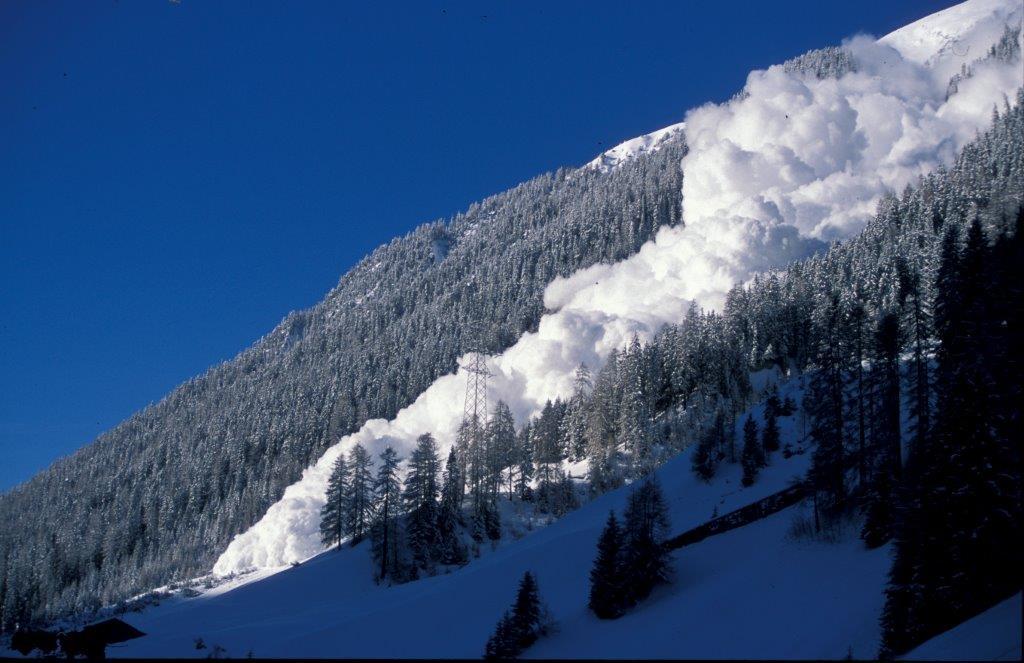


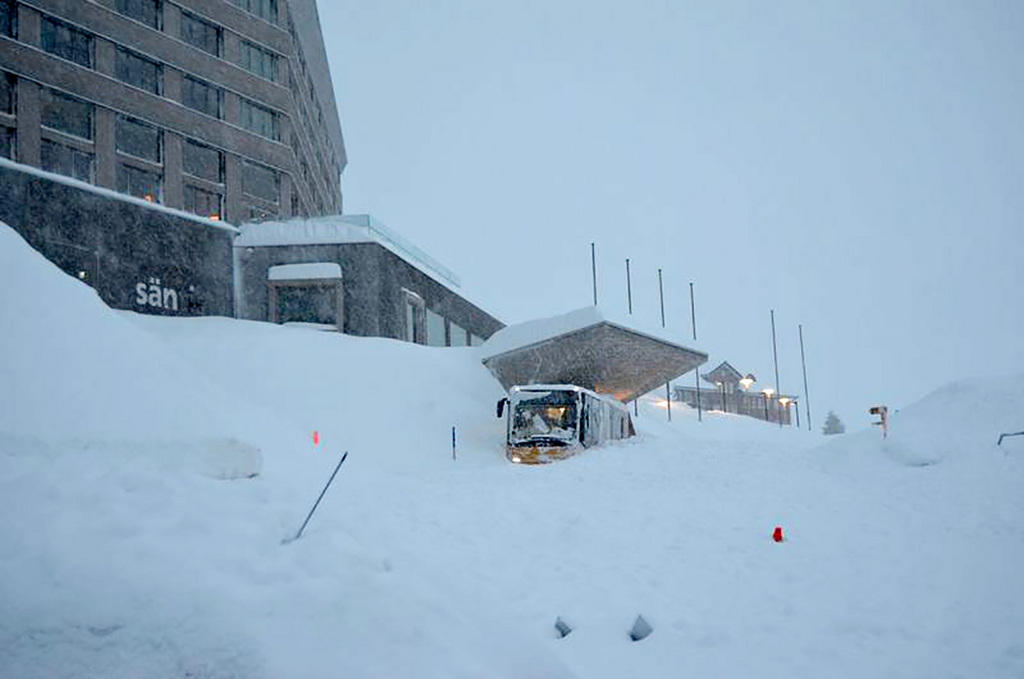
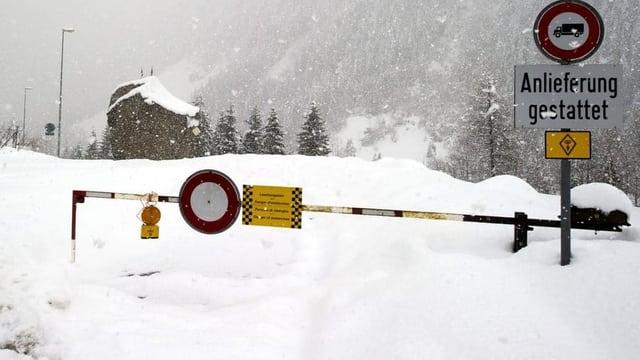
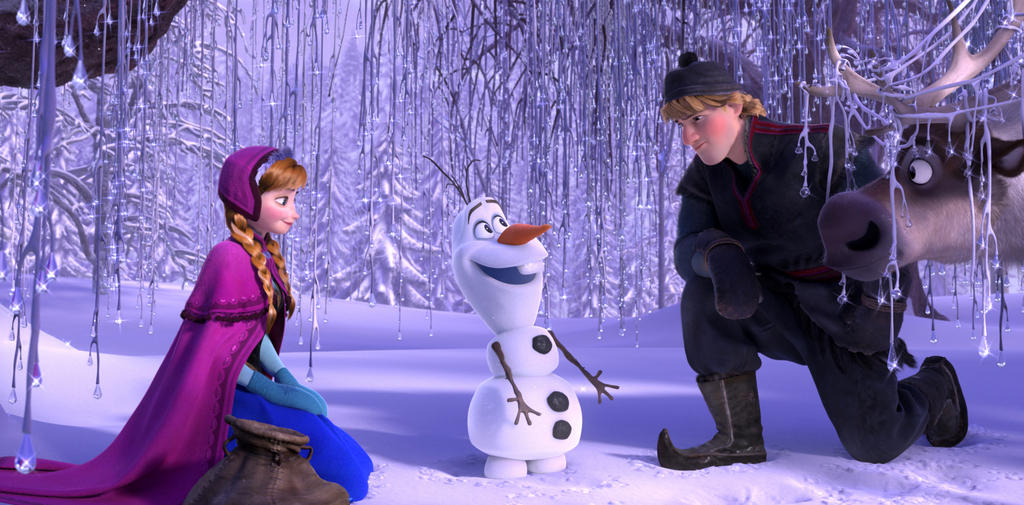
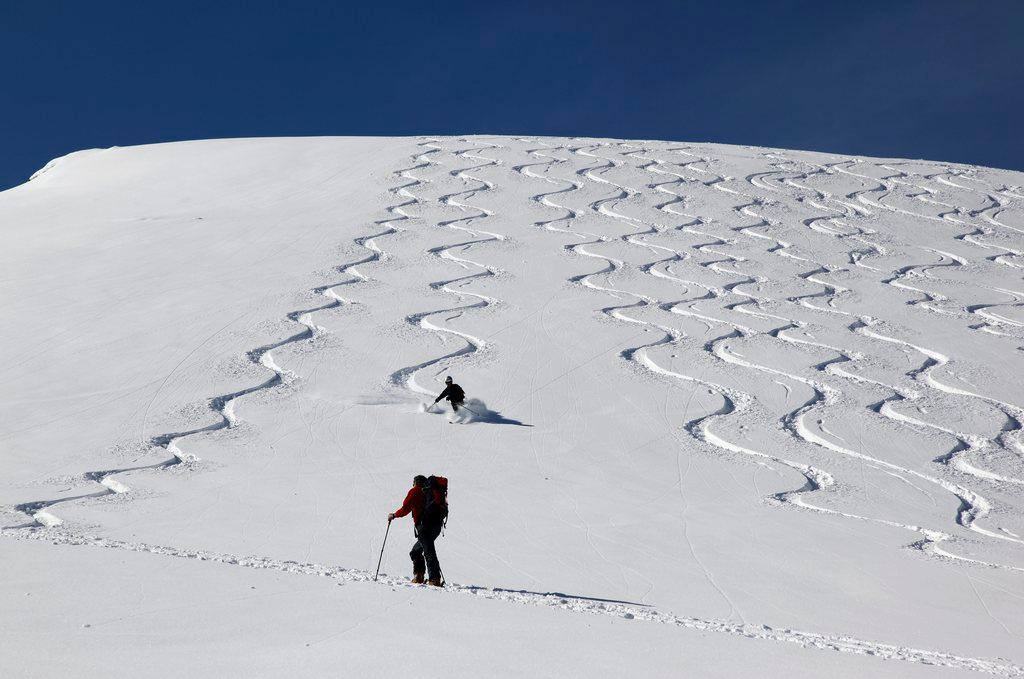

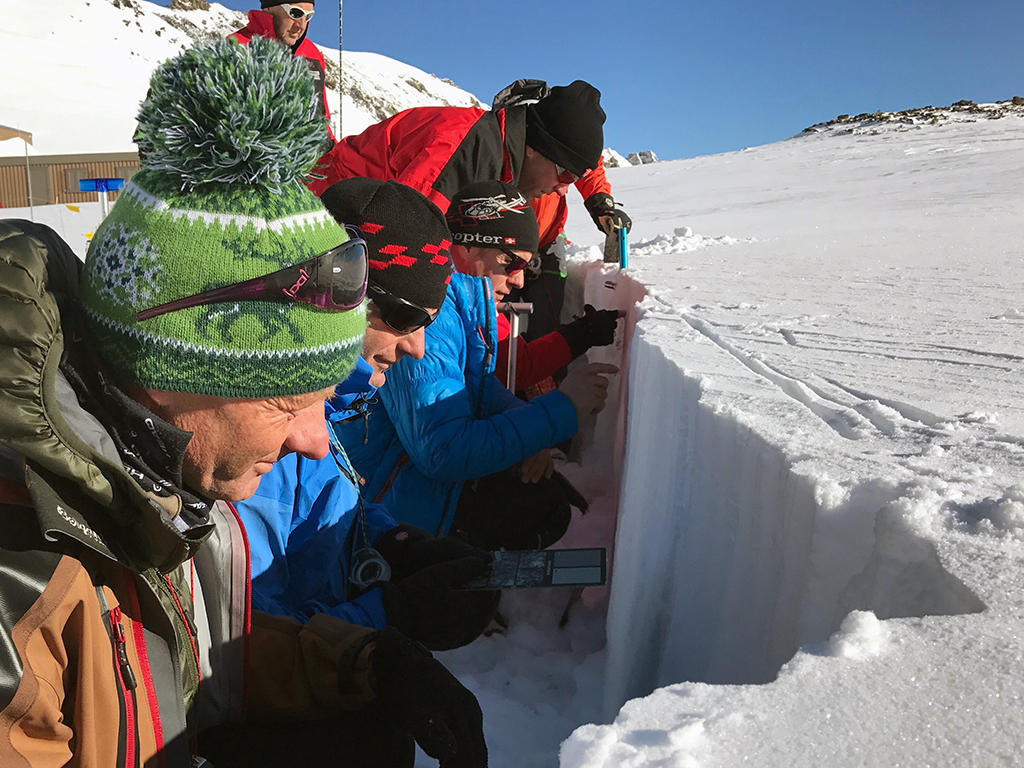

You can find an overview of ongoing debates with our journalists here . Please join us!
If you want to start a conversation about a topic raised in this article or want to report factual errors, email us at english@swissinfo.ch.